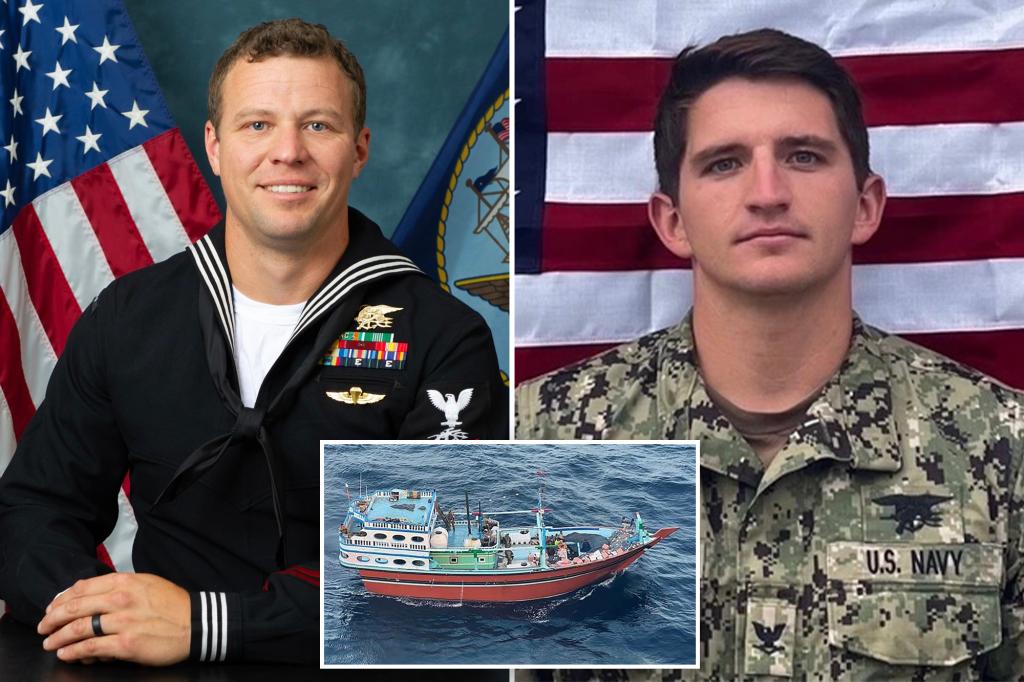The deaths of two US Navy SEALs, Chief Special Warfare Operator Christopher J. Chambers and Navy Special Warfare Operator 1st Class Nathan Gage Ingram, during a mission to intercept illicit Iranian-made weapons heading to Yemen, were preventable as per a military investigation. Both SEALs drowned off the coast of Somalia after attempting to board a ship. The review reported that training failures and a lack of understanding of how to handle deep, turbulent waters contributed to the tragic incident. The report highlighted deficiencies in policies, tactics, and procedures that could have kept the SEALs alive had proper guidance and equipment usage been in place.
The January mission aimed to disrupt the transfer of weapons to the Iranian-backed Houthis in Yemen, who had been launching attacks on commercial and US Navy ships in the region. The SEALs, part of SEAL Team 3, were on a nighttime mission to board an unflagged ship in the Arabian Sea when the accident occurred. Chambers fell while trying to board the ship, and Ingram jumped in to assist him. Despite efforts by the team members and the presence of surrounding vessels, the high seas conditions and excessive weight of their equipment caused both SEALs to sink quickly.
The critical report, authored by a Navy officer external to Naval Special Warfare Command, highlighted the confusion and gaps in training related to emergency flotation devices and buoyancy material. The investigation found that outdated and conflicting guidance may have led to mistakes in configuring the equipment that could have helped the SEALs stay afloat. As a response to the report, Naval Special Warfare Command is implementing changes in training procedures, ensuring standard policies for buoyancy requirements, and refining man-overboard protocols to enhance safety during maritime operations.
Following the tragic deaths, the Navy is considering recognizing Ingram’s heroism by recommending him for a commendation. Both SEALs were posthumously promoted one rank in honor of their sacrifice. The investigation also revealed that the mission intercepted Iranian-manufactured components for ballistic missiles and antiship cruise missiles, underscoring the importance of such operations to disrupt the flow of weapons to hostile groups. The report underscored the need for reliable and properly-used flotation equipment to prevent similar tragedies in the future.
While SEAL Team 3 members initiated prompt man-overboard procedures and had aerial surveillance support during the incident, the rough conditions and quick escalation of events led to the tragic outcome. The loss of the two SEALs in the mission raised questions regarding equipment, training, and response protocols that can be improved to prevent such accidents. The Navy acknowledged the seriousness of the incident and reinforced its commitment to implementing the recommended changes and enhancing water safety procedures during maritime operations. Ultimately, the deaths of Chambers and Ingram highlighted the risks faced by military personnel engaged in high-risk missions and underscored the importance of continuous training and equipment maintenance to ensure their safety and success.


